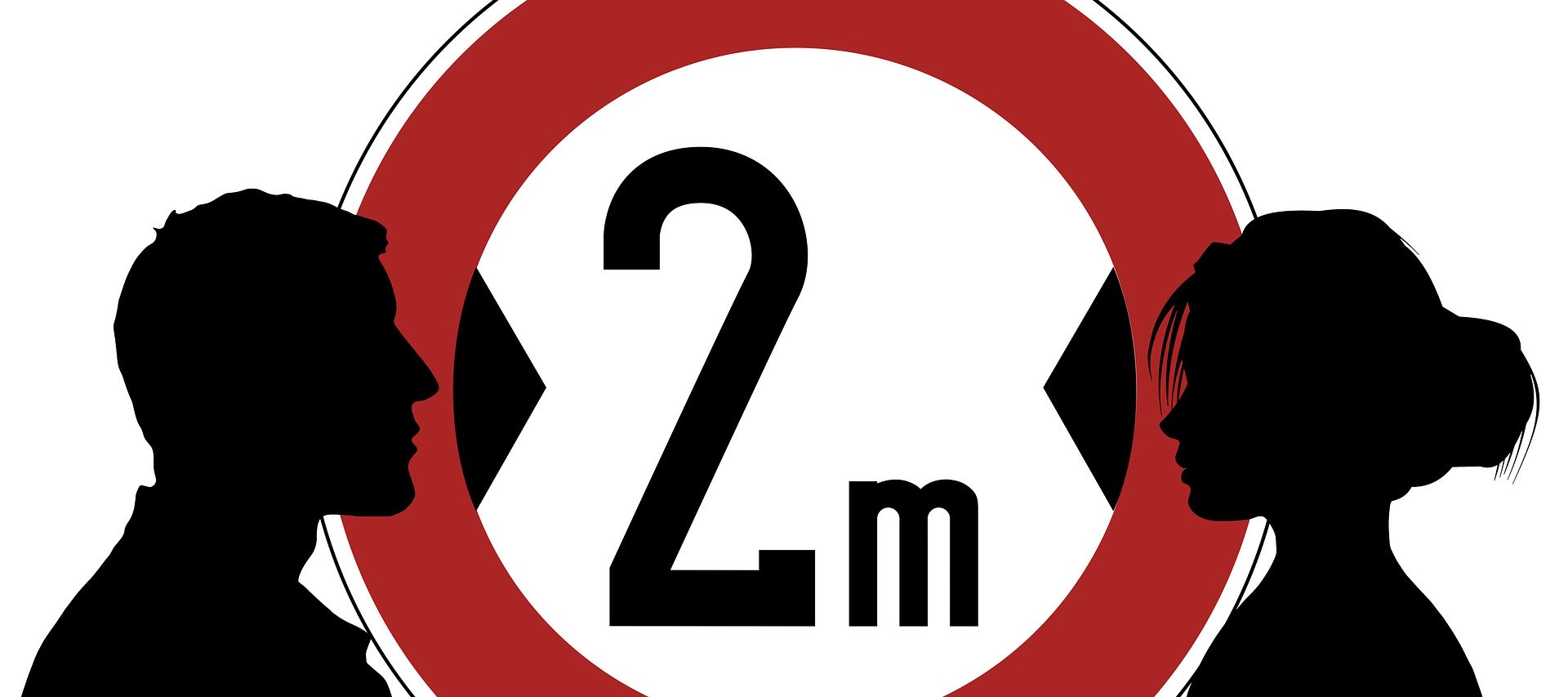I Am Here: Pronoun Visibility and Why It Matters
Reading Time: 3 minutesAt a simple yet meaningful foundational level, accurate pronoun usage acknowledges and validates our identity; these aren’t just words people hope to be referred to as — it is who they intrinsically are.
Language is an integral aspect of any employee experience. It allows us to reveal and bring our true selves to work, creates a workplace where everybody feels welcomed, and leads to greater productivity, creativity, and connectivity with our colleagues and work culture.
What Are Pronouns?
Pronouns are descriptive words used to replace specific people, places or things. Personal pronouns describe how people talk about themselves and others, and convey a person’s gender identity which may not align with the sex a person was assigned at birth. People who fall under the transgender umbrella — such as those who are transgender, nonbinary or gender nonconforming — may choose to use pronouns that don’t represent the characteristic male or female gender categories of “she/her,” “he/him,” and may instead use pronouns like “they/them/their.”
Why Does Pronoun Mindfulness Matter?
Gendered language sneaks its way into everyday speech and unintentionally encourages outdated power structures. It leads to improved communication and avoids the unintended habit of misgendering someone. This occurs when we refer to, relate to or use language to describe a person that doesn’t align with their stated gender and can be considered a form of discrimination.
Pronouns also normalize conversations about gender. Whether you are transgender, gender non-conforming, non-binary, or have a name given at birth that could be mistaken for a different gender, the truth is we can’t always tell, nor should we assume. It also takes the pressure off colleagues or clients from having to explain their identity time and again. It deflects the negative shroud often worn as a result of repeatedly being labeled something other than they truly are, ultimately raising their self-esteem.
Moving Forward
Learning about the diverse range of pronouns available can be overwhelming, and determining what to do or how to do it with grace can be confusing. Proactively accommodating colleagues and clients by learning more about gender-inclusive language is doable and essential.
As professionals and leaders within our industry, we encourage each of you to continue developing our own gender literacy program until it becomes a natural aspect of our lexicon.
If referring to someone before we know what pronoun they prefer, consider using gender-neutral pronouns like “they/them/their,” refer to them by using their given name or simply ask them which pronouns they use.
If introducing a speaker at an event or supporting lawyers in this role, practice saying aloud a person’s pronoun in connection with their name in private to reduce the chances of making a blunder when it counts. If you’ve made a mistake, don’t ignore it — acknowledge it and apologize quickly. Never assume that a person’s pronoun remains the same, too. A family member of mine is transitioning and they know they’re on the transgendered spectrum somewhere. They haven’t yet determined exactly where they fall and are testing the waters.
A simple tactic for companies is to introduce gender pronouns into employee communication through email signatures, online bios and business cards. This signals to others that we respect and acknowledge them as the person they are, while normalizing organizational and societal cultural shifts which contribute to a more inclusive workplace.
In considering these general guidelines, our LMA community will continue to thrive by promoting healthy, meaningful discussion and action around this very important topic. As a result, we’ll foster an inclusive environment for all.
Dive Deeper With These Related Resources:
To learn more about pronoun use, supporting the LGBTQ+ community and additional diversity, equity and inclusion resources, visit these websites.
Article: “Beyond ‘He’ and ‘She’: The Rise of Non-Binary Pronouns”
https://www.bbc.com/news/magazine-34901704
LGBTQ Marketing and Advertising: Best Practices
https://www.thehrcfoundation.org/professional-resources/lgbtq-marketing-and-advertising-best-practices
A compilation of 15+ additional online legal resources for the LGBT+ community
https://www.jimadler.com/law-resources-for-the-lgbt-community
Information and resources preventing suicide for LGBTQ youth
https://www.thetrevorproject.org/resources
Tools and resources for professionals — LGBT+ Family Coalition
https://www.familleslgbt.org/youth.php?lang=en
Services to address the diverse needs of 2S-LGBTQ+ peoples by addressing institutional barriers to inclusion
https://saferspaces.ca/about
LMA’s Diversity, Equity and Inclusion Page
https://legalmarketing.org/Advocacy/Diversity-Equity-Inclusion
-
The COVID-19 pandemic has had a profound impact on the Canadian economy and has resulted in job loss and precarious employment across various sectors. It is yet to be seen however if and how these changes will affect an employee’s entitlement to reasonable notice following a without cause dismissal. In this article, we review recent court decisions addressing the impact of COVID-19 on wrongful dismissal damages.
-
As of March 17, 2020, the BC Government has announced a public health emergency under the Public Health Act, and on March 23rd, 2020 the BC Government enacted an amendment to the BC Employment Standards Act specifically directed to granting “job protected” leaves for BC employees impacted by COVID-19.







